
Walking at a brisk pace could lower your risk of a wide range of heart problems, according to a new study.
The study of 420,000 Brits published in April 2025, found those with average or brisk walking paces were associated with 35% and 43% lower risks of all heart rhythm abnormalities studied, compared with a slow pace.
If that's not compelling enough, a 2023 a British and Australian study suggested that an 11-minute brisk walk every day could prevent one in 10 early deaths.
More research has shown it can also boost your brainpower, trim your waist and improve your mood.
But what is brisk walking? How fast do you have to go and is it the same speed for everyone?
We’ve got the expert advice on how to transform a stroll into something that, according to the experts, could save your life.
When we talk about walking, it can mean so many different things. It can describe those few steps from our sofa to our fridge, a gentle stroll with friends, or even a 10-mile, pulse-raising stride out across hills and mountains.
Any movement is good for you and there are many benefits of walking, but the facts are that the faster you walk, the more health benefits you derive from it.
One of authors of the British and Australian study, is Dr Paddy Dempsey. He told Saga Magazine: “In terms of longevity, regular physical activity, including walking, is associated with a longer and healthier life.
“Even small amounts of daily walking can contribute to a healthier ageing process, by reducing the risk of chronic diseases and maintaining physical and mental function.
"Brisk walking elevates the heart rate and increases the intensity of the activity, leading to more significant cardiovascular stimulation and more benefits.”
Put simply, brisk walking is faster than regular walking but not as fast as jogging or running. It should be fast enough to elevate your heart rate and breathing, but you should still be able to hold a conversation without getting too breathless.
Dr Dempsey says: “For most people, walking at a brisk pace – where you can still talk but not sing – is a good target. It is important to consider individual factors such as age, baseline fitness level and health conditions.
"If someone is just starting out with walking after a period of inactivity, or has certain health or functional limitations, even a leisurely stroll can still provide health benefits.”
Joanna Hall is a qualified sport scientist and founder of the WalkActive programme used by many GPs across the UK. She says that many people try to rush when they walk to get fit, which can cause more harm than good.
Hall said: “When people think about walking faster, they think they should be moving their legs as quickly as possible, so they try to rush, lean forwards and often end up with back problems. You need to get your technique right to align all your muscles, so that when you are walking they can stretch out like a rubber band.
“Keep your head up, don’t lean forward and let your arms swing back to open up your posture and create a good rhythm."
“Then think about the position of your hips, keep your pelvis lifted so your legs can actually move, and then peel and lift your back foot off the ground with every stride.”
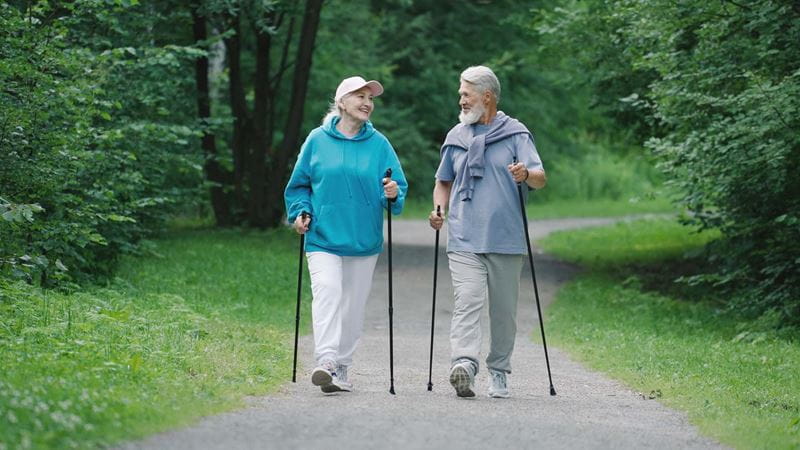
Brisk walking is defined as a minimum of 100 steps per minute, a figure Hall agrees with.
She says: “You need to be doing at least 100 steps to have a health fitness benefit, and if you want to be getting more of a cardiovascular benefit, then you need to be pushing up to 130 steps per minute.
“As your technique gets better you will get faster through your length of stride. It shouldn’t feel like you are forcing it. In my experience, 120 steps per minute is a good cadence to build up to.”
The easiest way to measure your speed is with a step counter or fitness tracker. But Hall warns not to get too caught up with counting the number of steps you take.
“It will be different for everyone,” she warns. “A fit 50-year-old won’t be taking the same number of steps per minute as a 90-year-old for the same benefit. We are all different and we all have our own optimum speed.”
She says there are three easy ways, without counting your steps, to check you are walking briskly. These are:
You should be slightly out of breath, so you could chat to your friend but not be able to sing or recite a Shakespeare monologue without stopping and catching your breath.
When you finish your session you should feel a bit damp, a little sweaty. You’ll want to wash your top rather than wear it again.
Give your breathing a rating of between zero and 10. Zero is deep relaxed breathing and 10 is gasping for breath. If you want to get a cardiovascular benefit then you need to be aiming above five and ideally around six or seven.
If you have any pre-existing health conditions or concerns, it's a good idea to speak to your doctor before starting a new exercise routine.
Hall recommends fitting in at least four sessions a week to get the most benefit, and says she’s seen first-hand the transformation that brisk walking can bring about.
“We work with GPs, patients and individuals, and see significant improvements in their cardiovascular fitness, with their breathing. We also see them changing shape and toning up as the weeks go by,” she says.
“Just remember to take it at your own pace, don’t force the speed and always focus on the positives. However fast you go, just by walking you will be benefiting your health and your wellbeing.”
Phillipa Cherryson is senior digital editor for Saga Magazine. Phillipa has been a journalist for 30 years, writing for national newspapers, magazines and reporting onscreen for ITV. In her spare time she loves the outdoors and is an Ordnance Survey Champion and trainee mountain leader.
View author page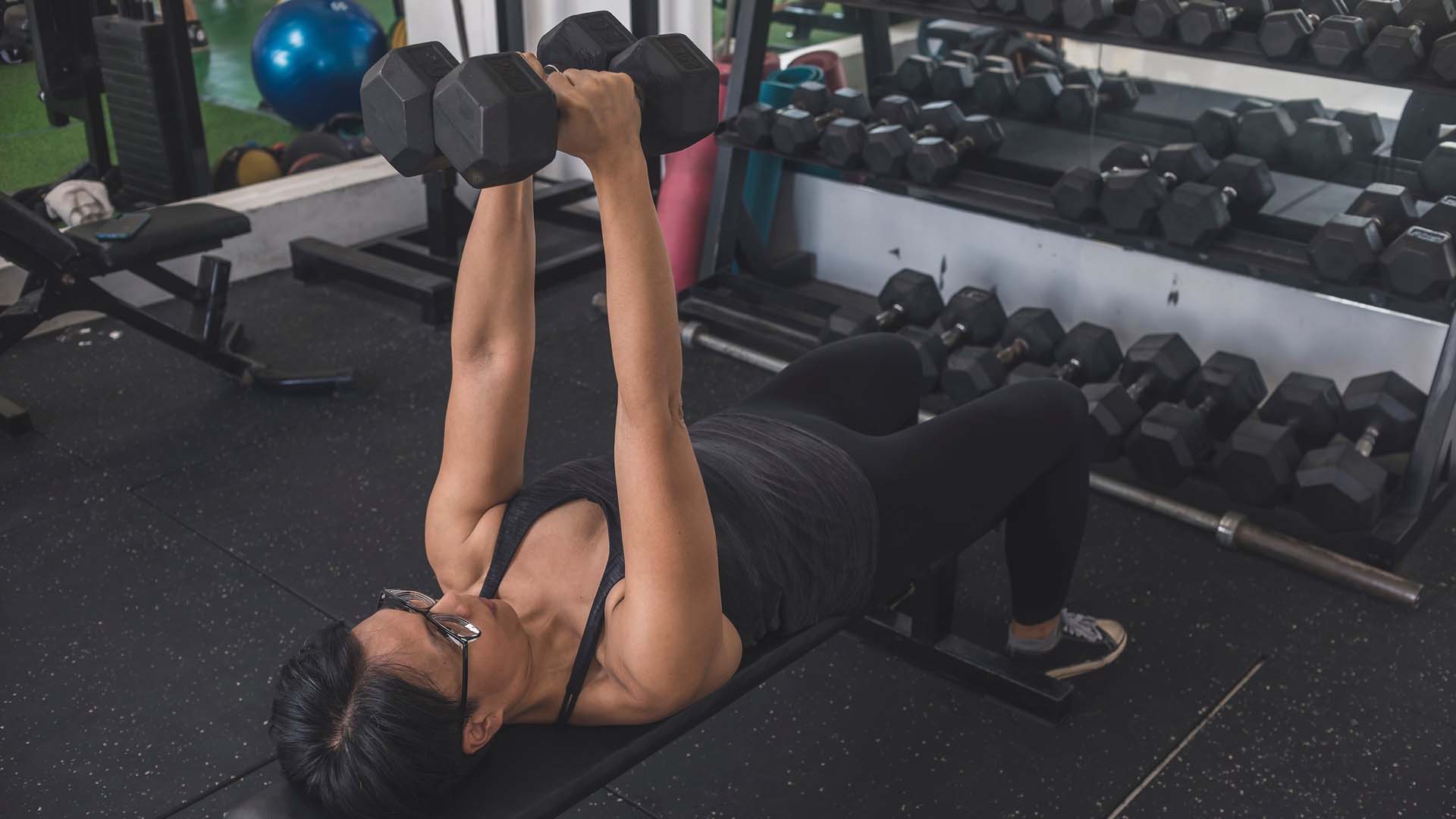




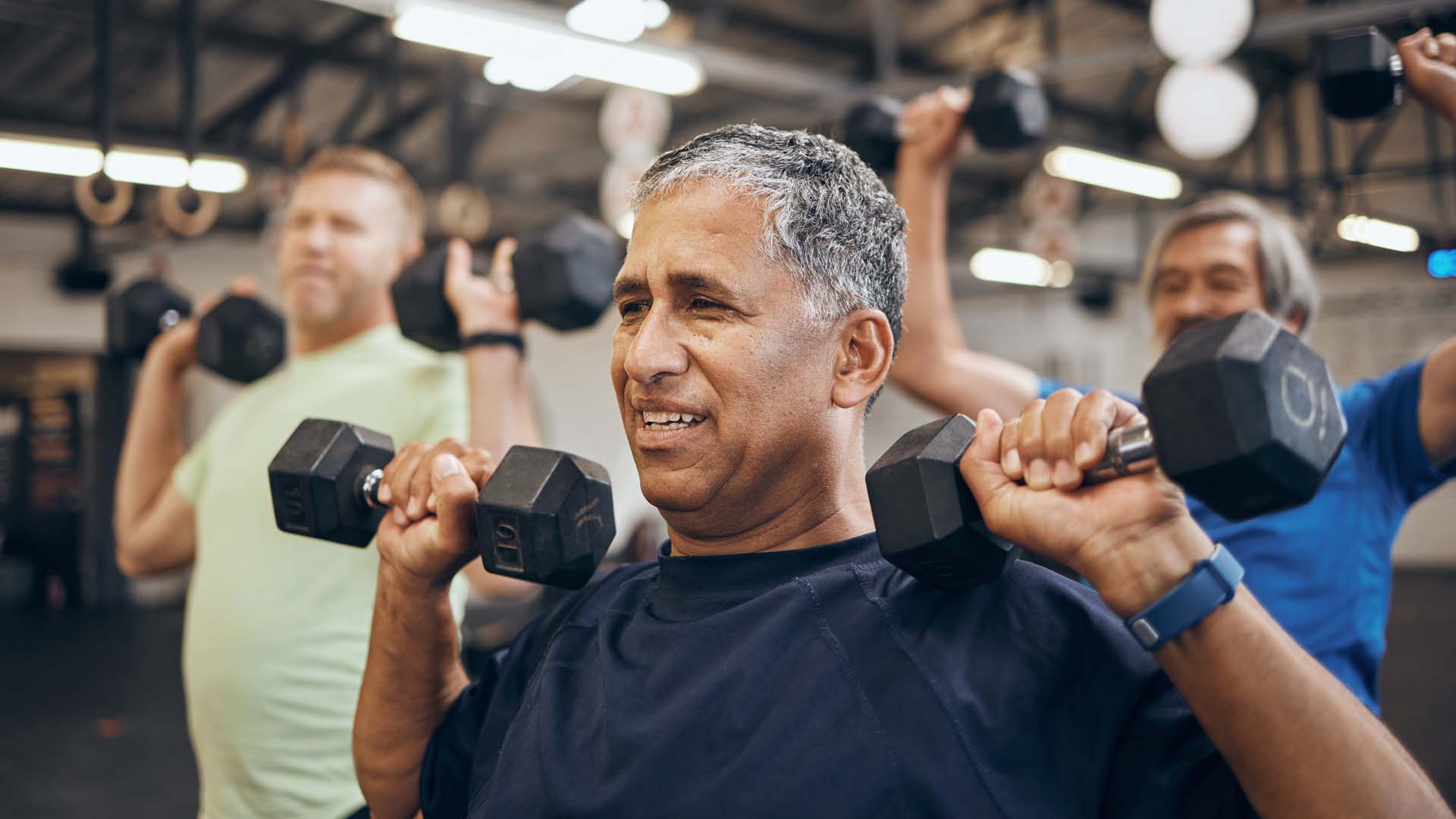
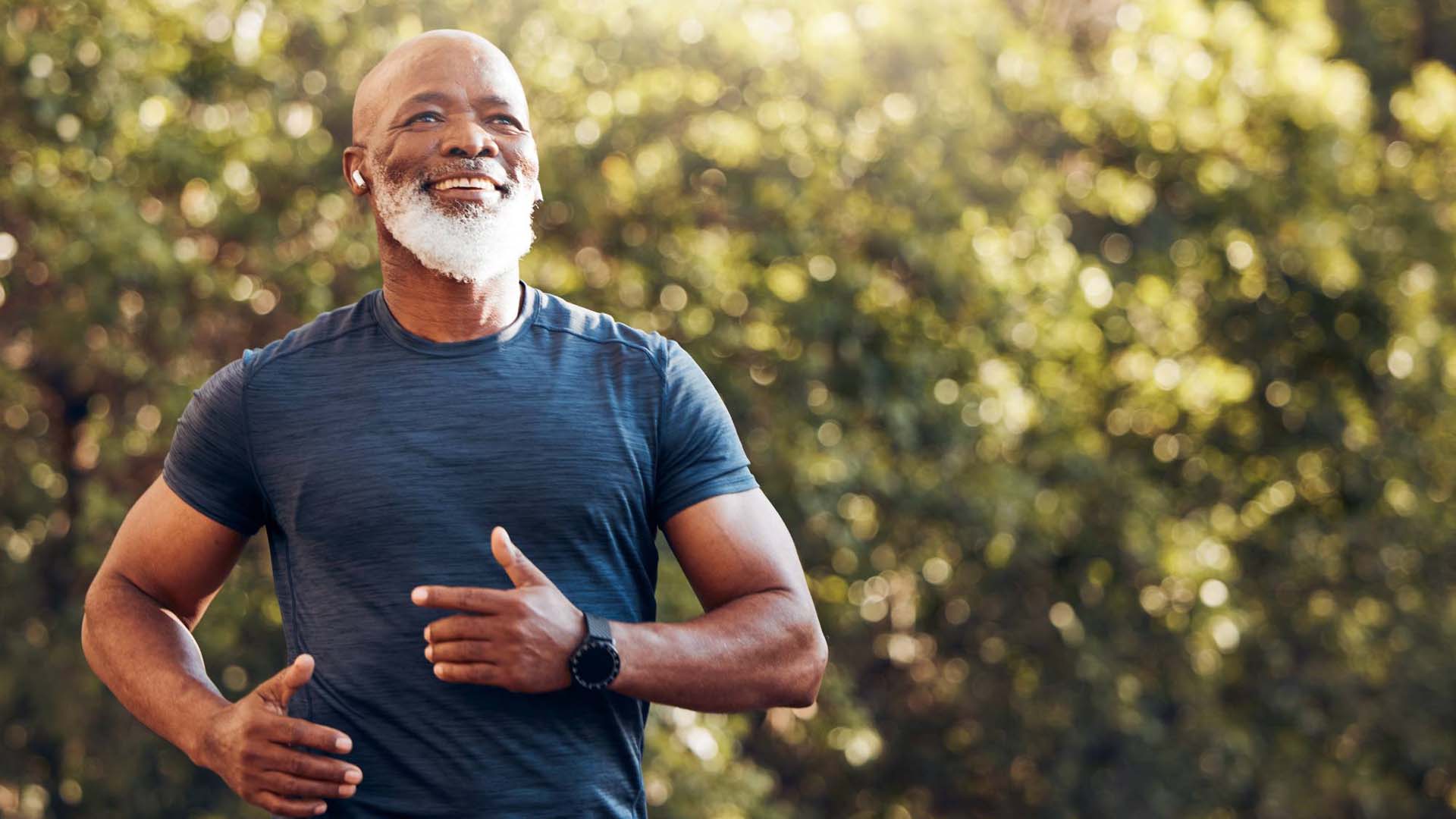
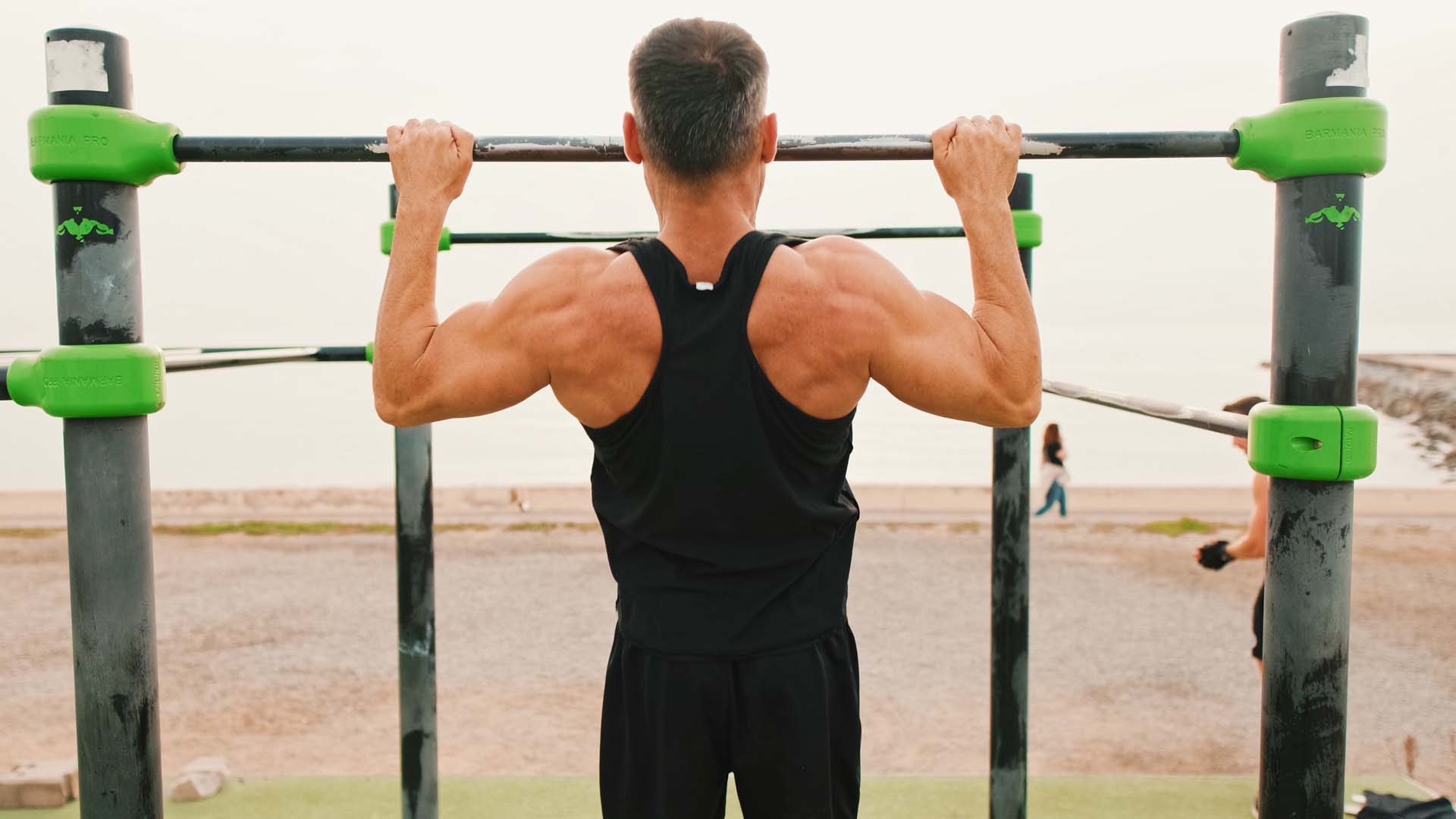
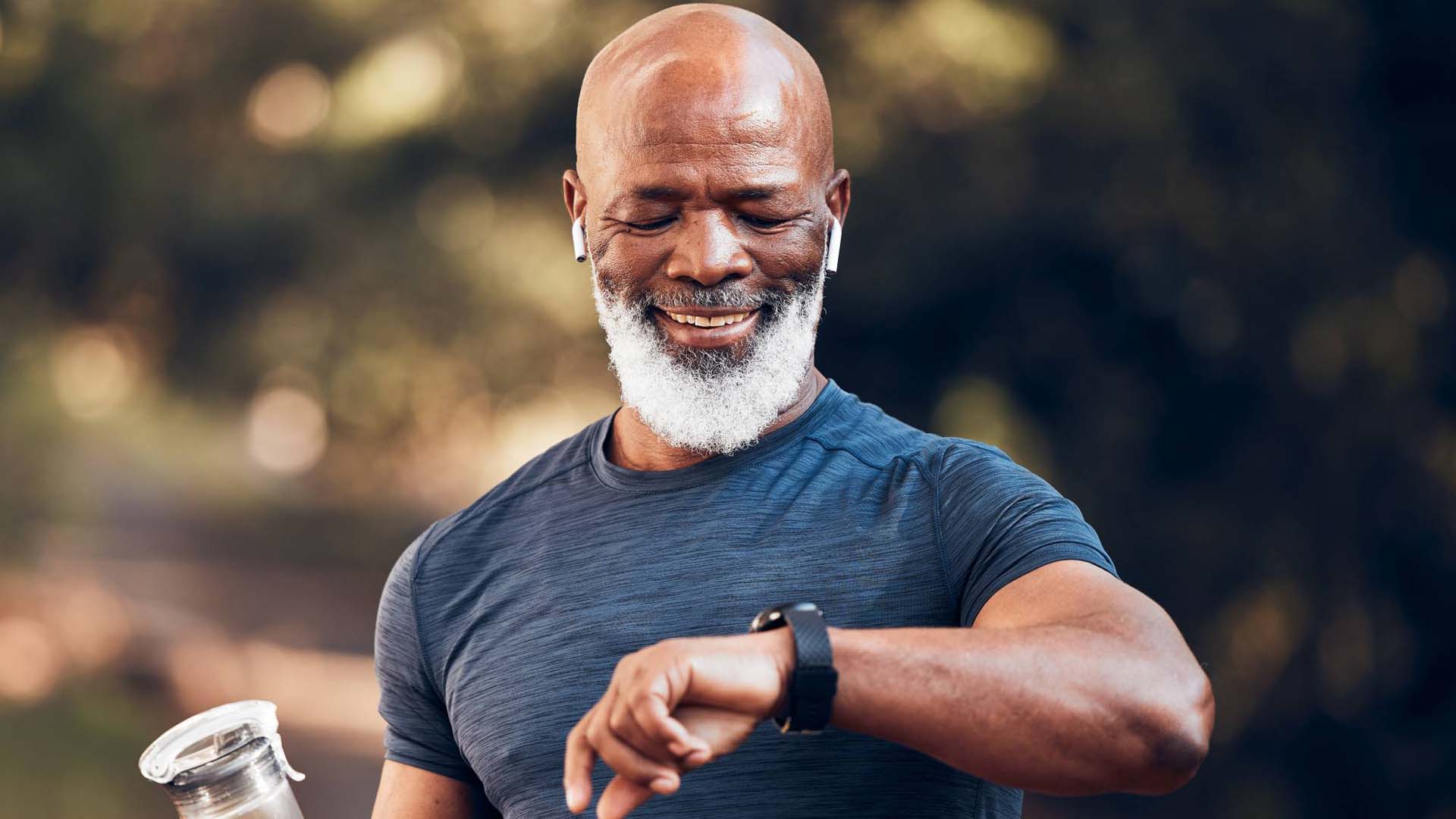
Your questions answered about what really is a good 5k time.